Observe the different species of sheep and the amount of debris in the wool. The more debris, the more difficult or impossible to clean, rendering the wool unsuitable to wear next to the skin. It can still be used for felting, but for carded products, like wool batting for quilts and pillows, or spin wool for knit garments, the debris would itch and scratch. One of the most beautiful wools is cashmere, which is not wool at all, but the winter downy coat under a goat's long fibres. This must be combed out from the goat twice yearly, with different goats rendering more or less cashmere. There is no one breed of cashmere goat.
Now that I have learned about the wool, and why some is more apt to gather debris, there are two options. A feeder which is lower and does not damage the throat wool when the head is stuck through, plus placing the hay in the feeder without sheep present and coats. Coats for sheep eliminate the problem all together. For the Cotswolds this might just be a good idea since their long lustre wool is very sought after, if it is clean. No one wants dirty wool, unless it is free and then that defeats the purpose of having a fibre farm, now doesn't it.?

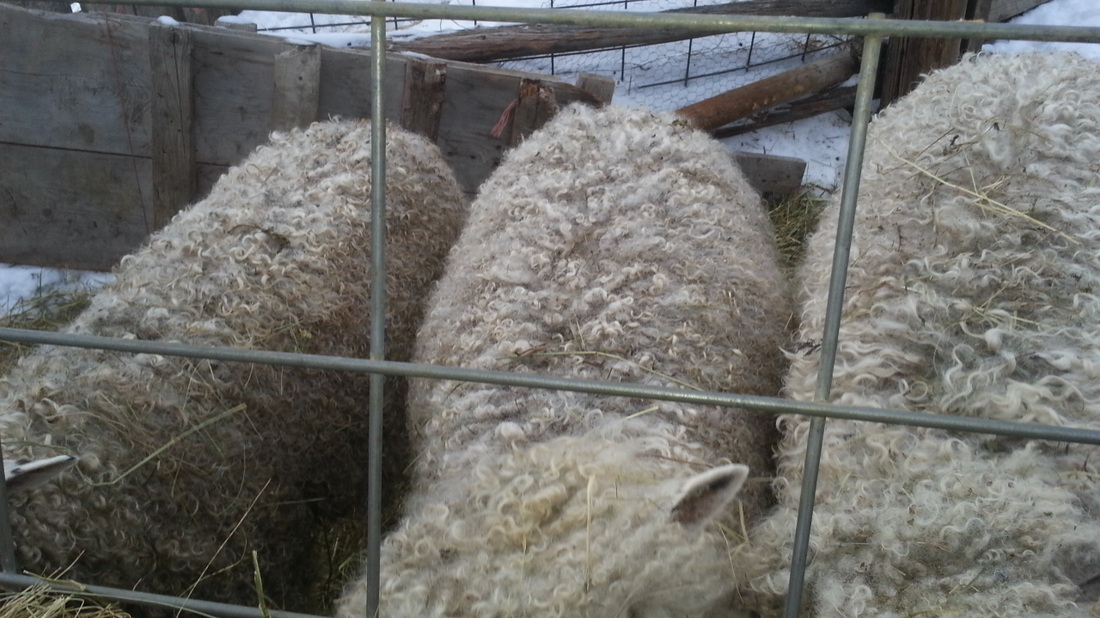
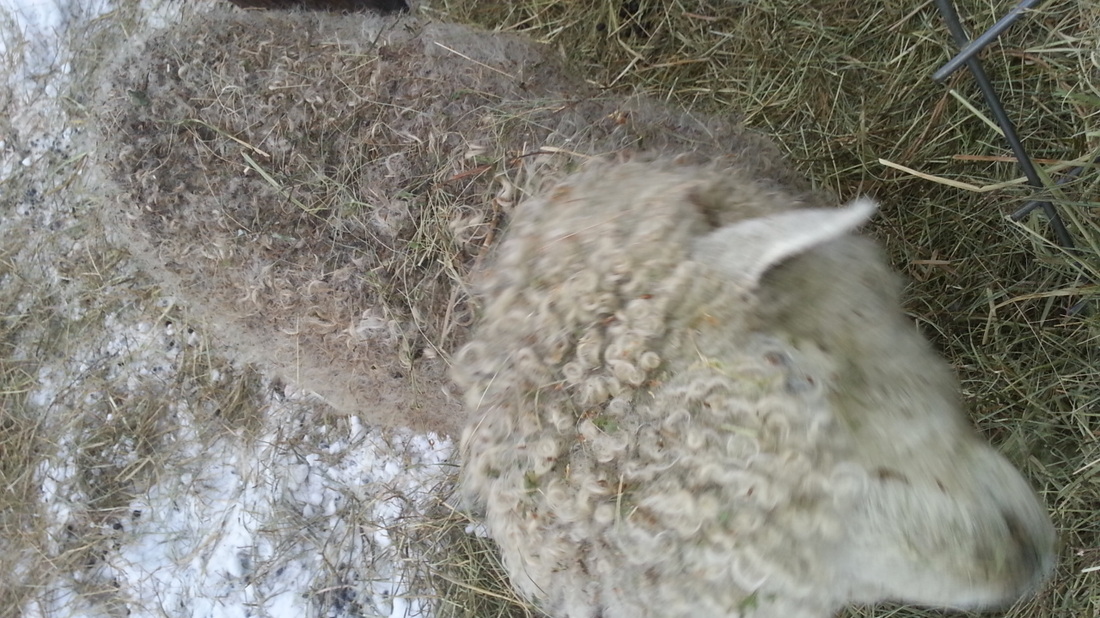
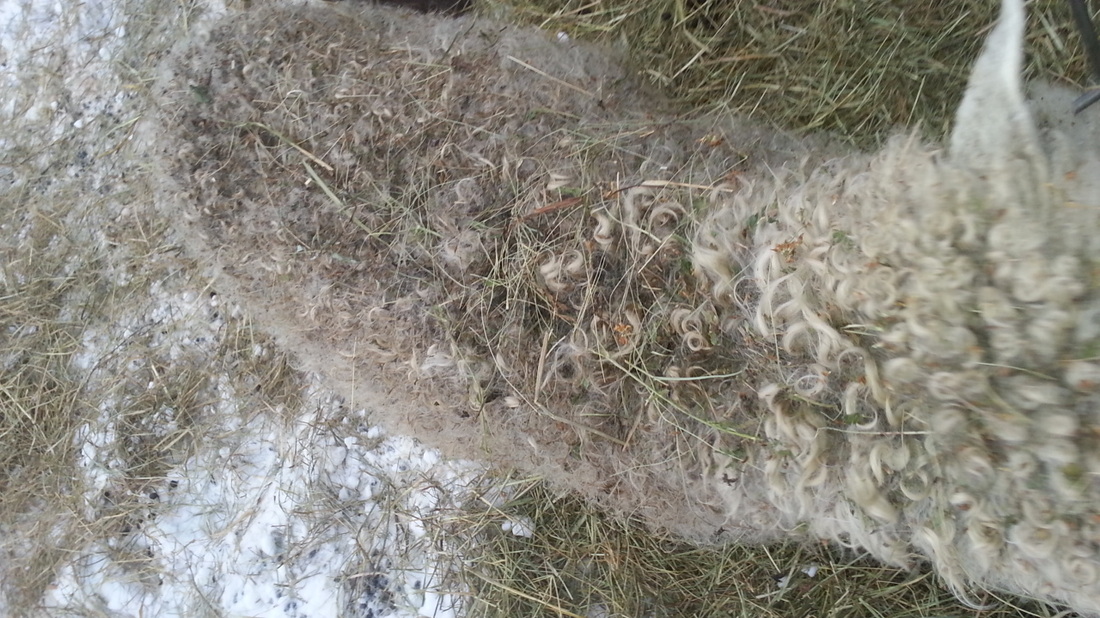
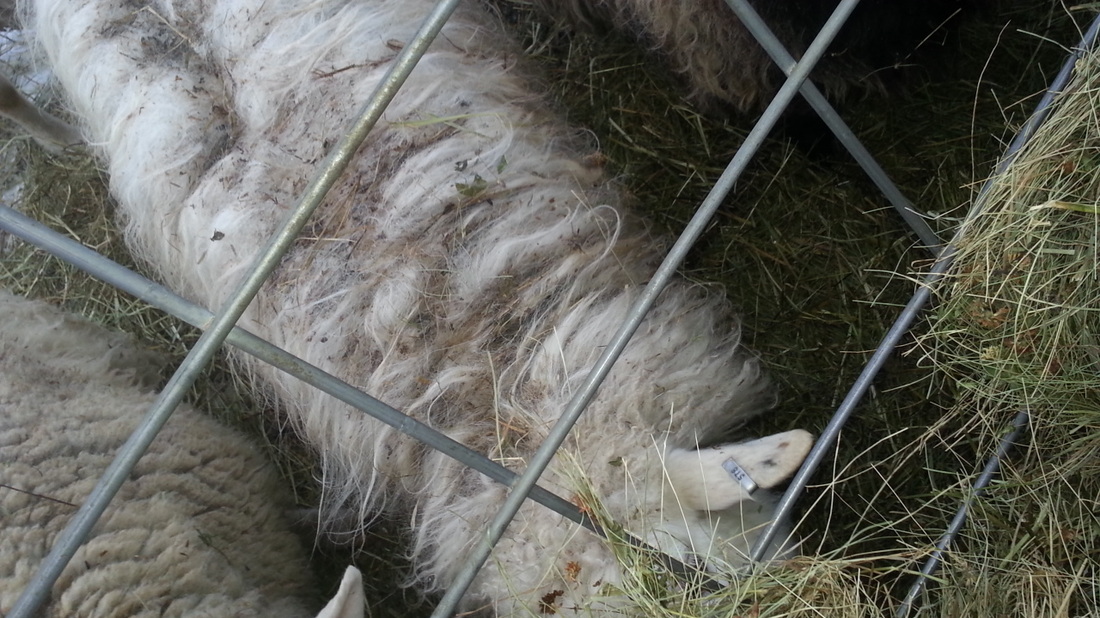
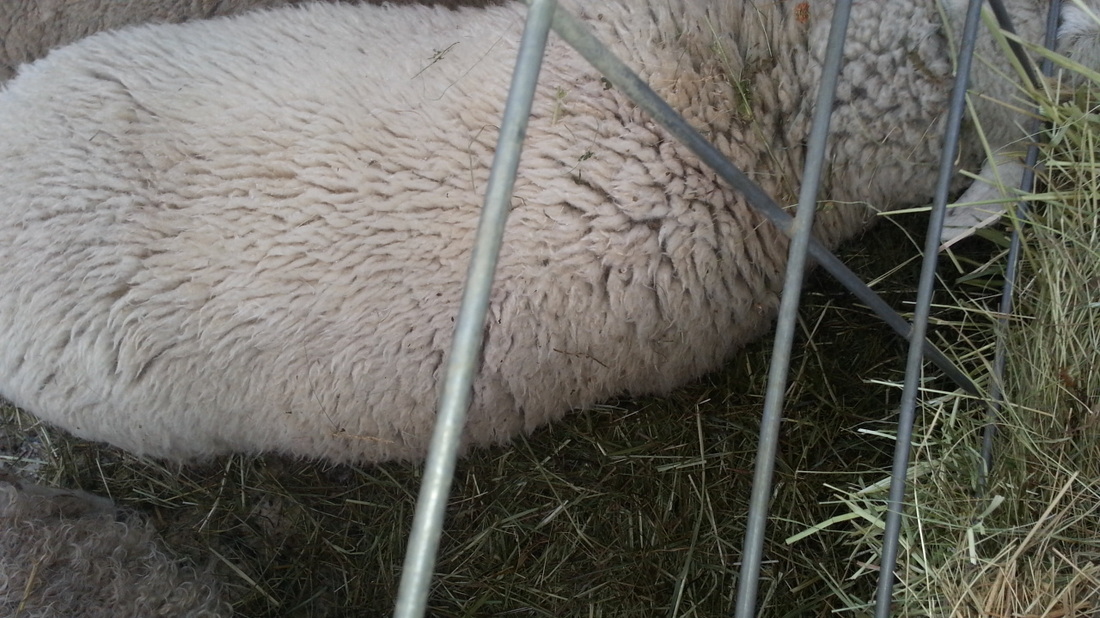
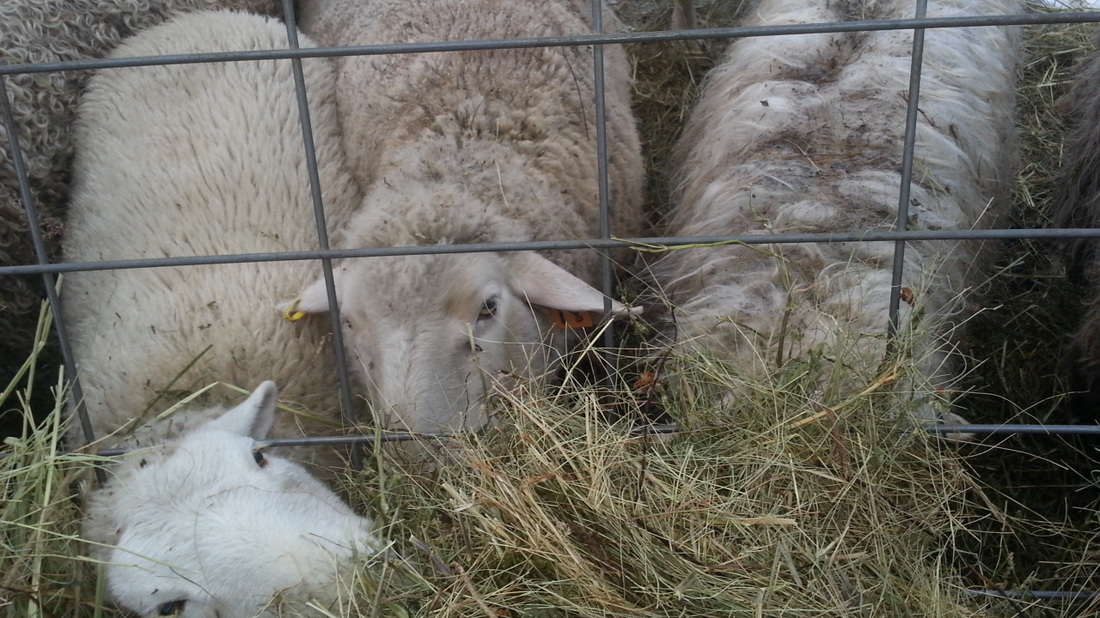

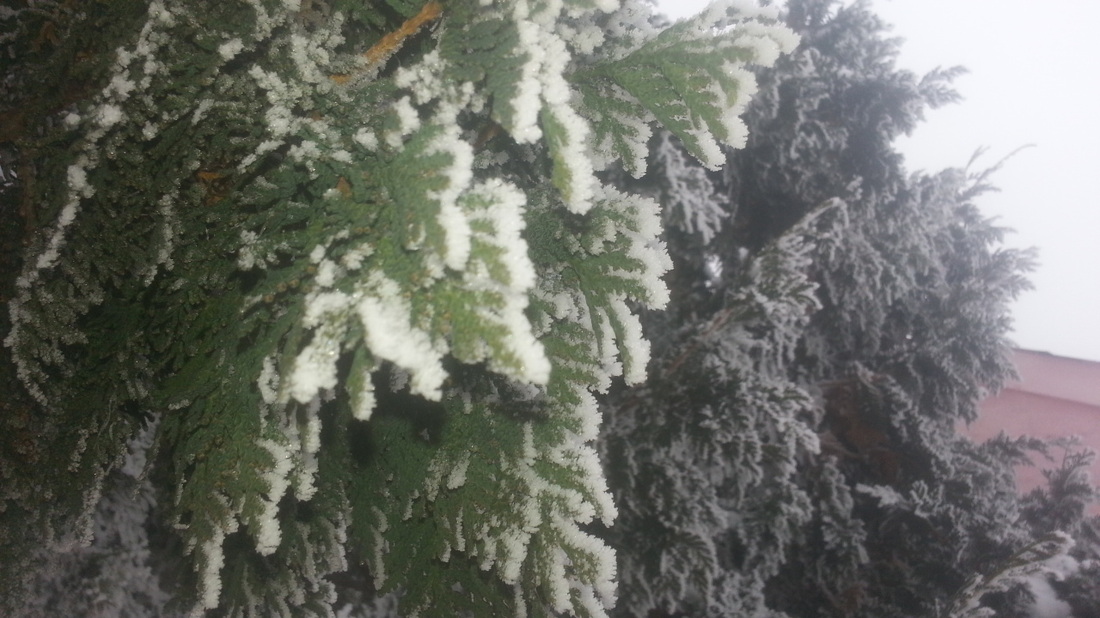
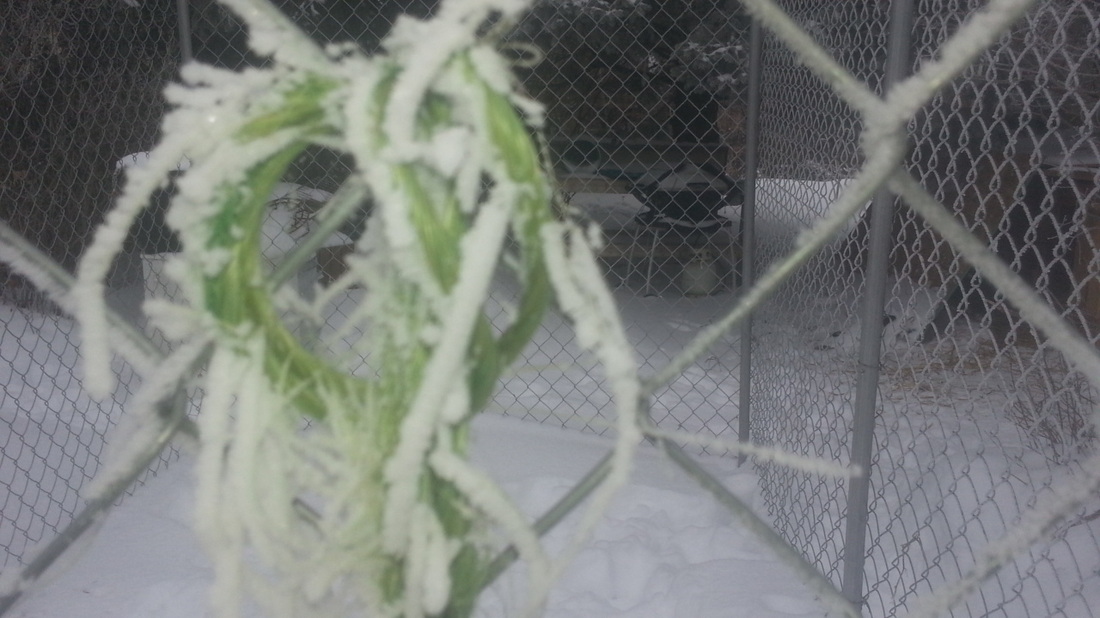
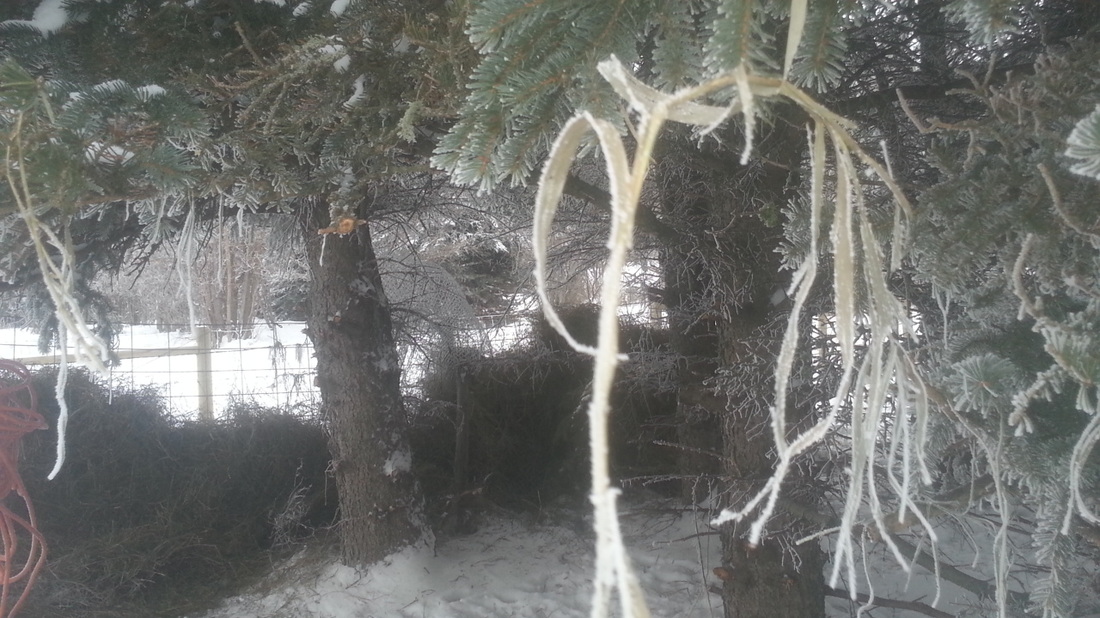
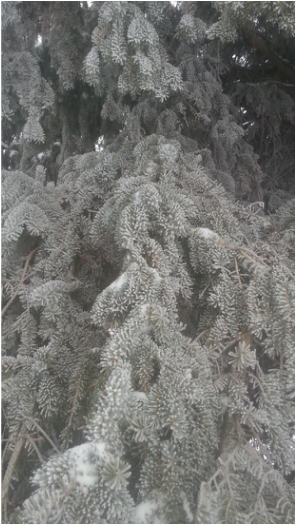
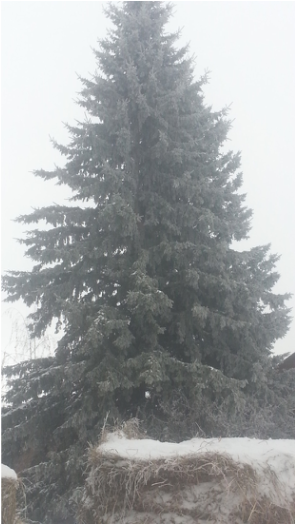
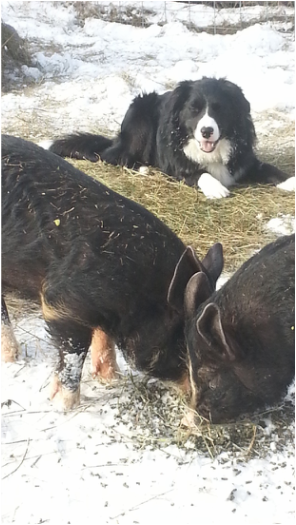
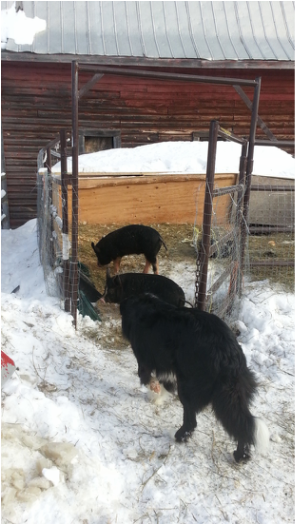
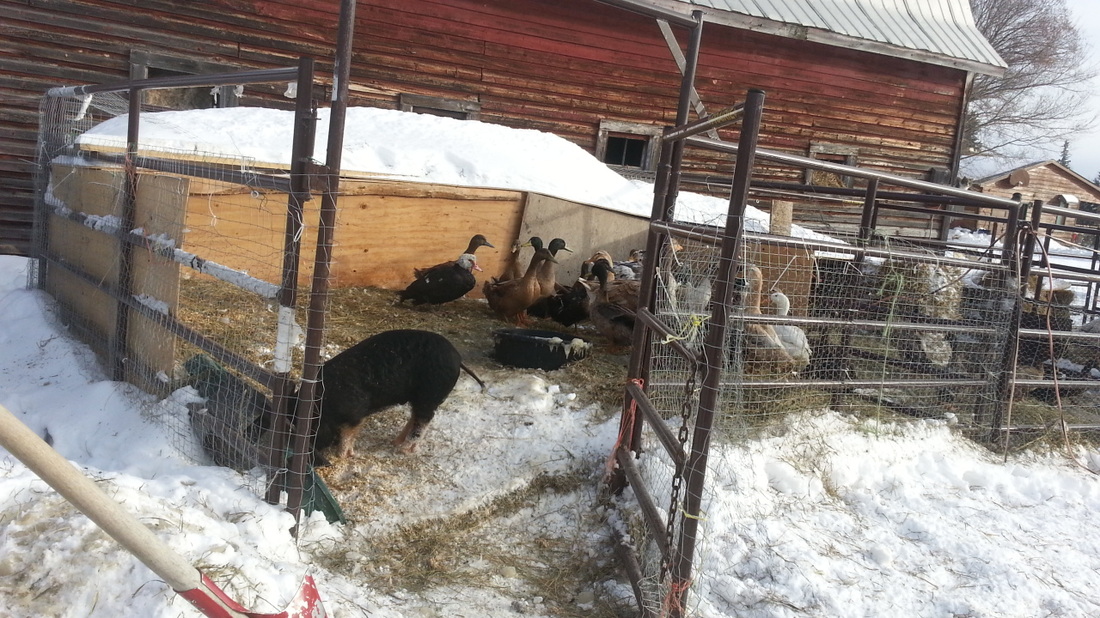
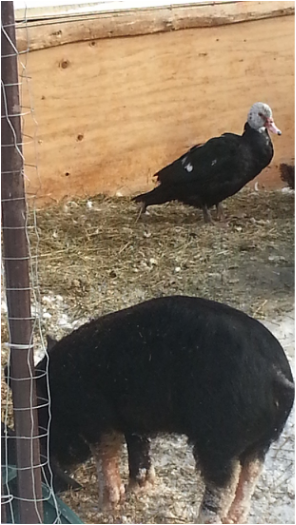
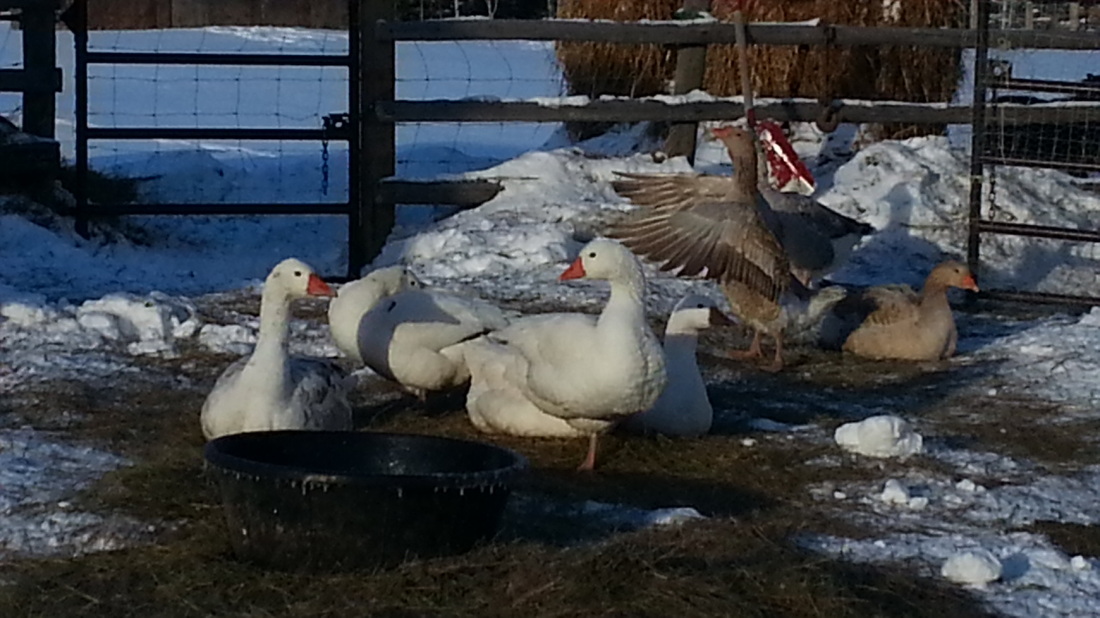
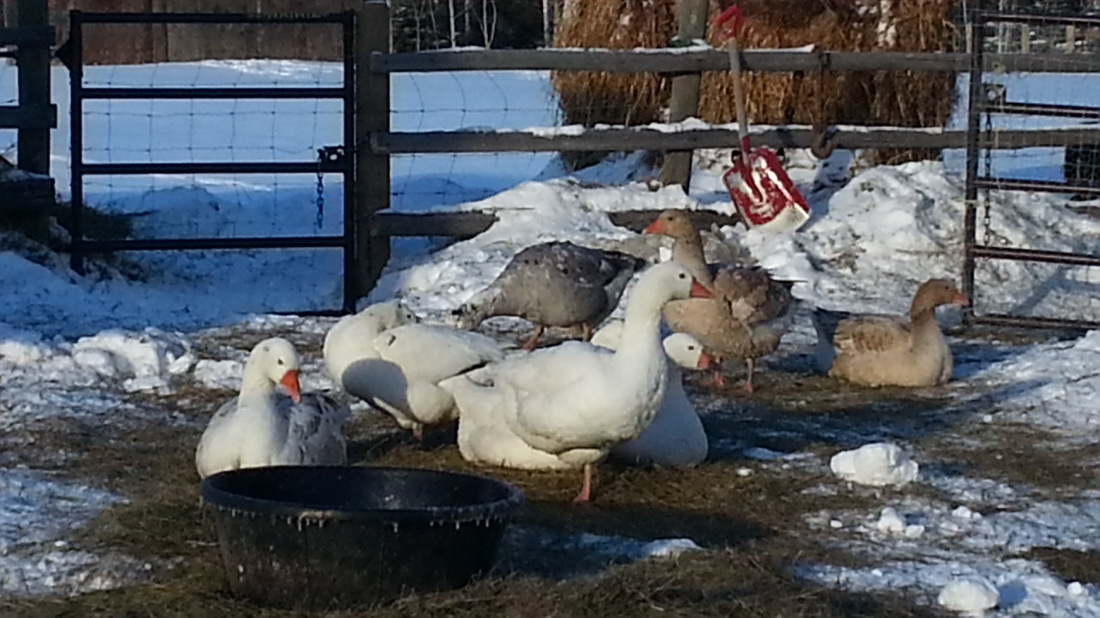
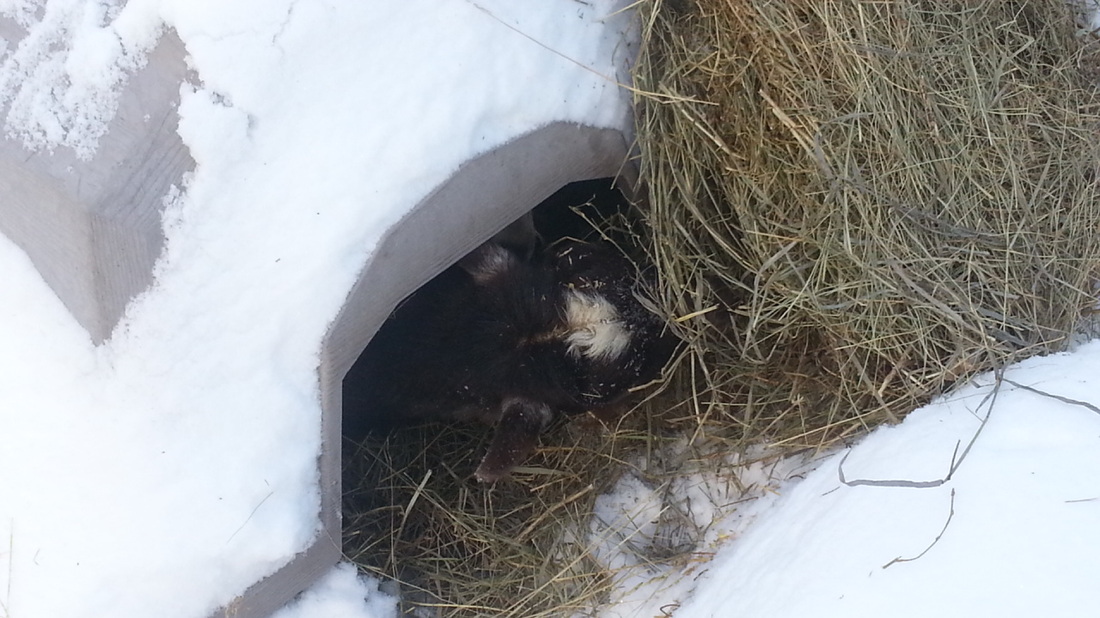
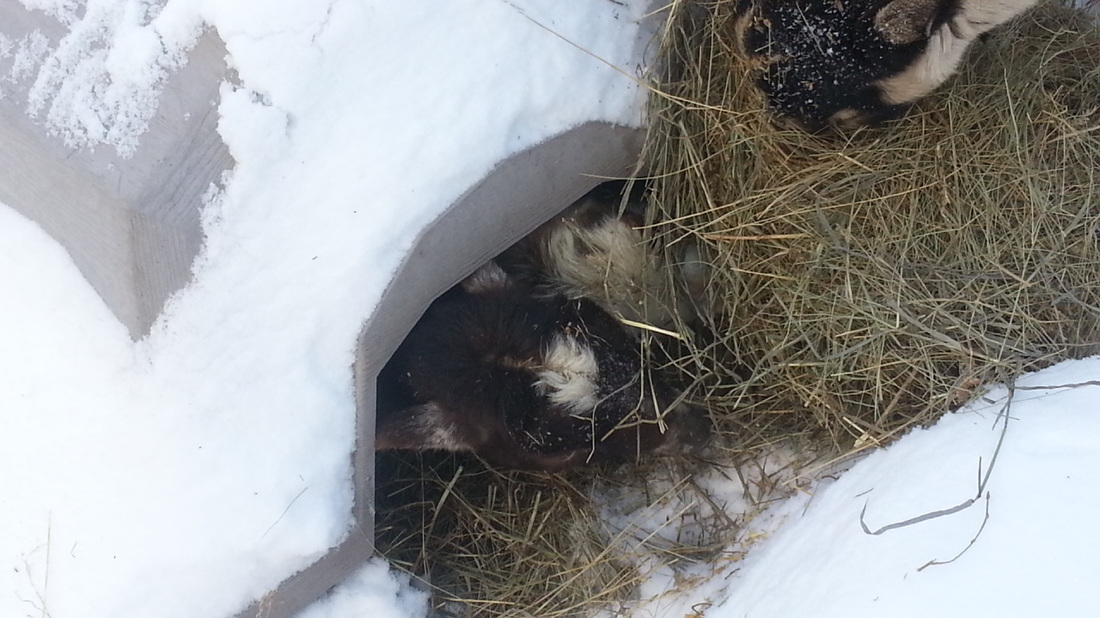
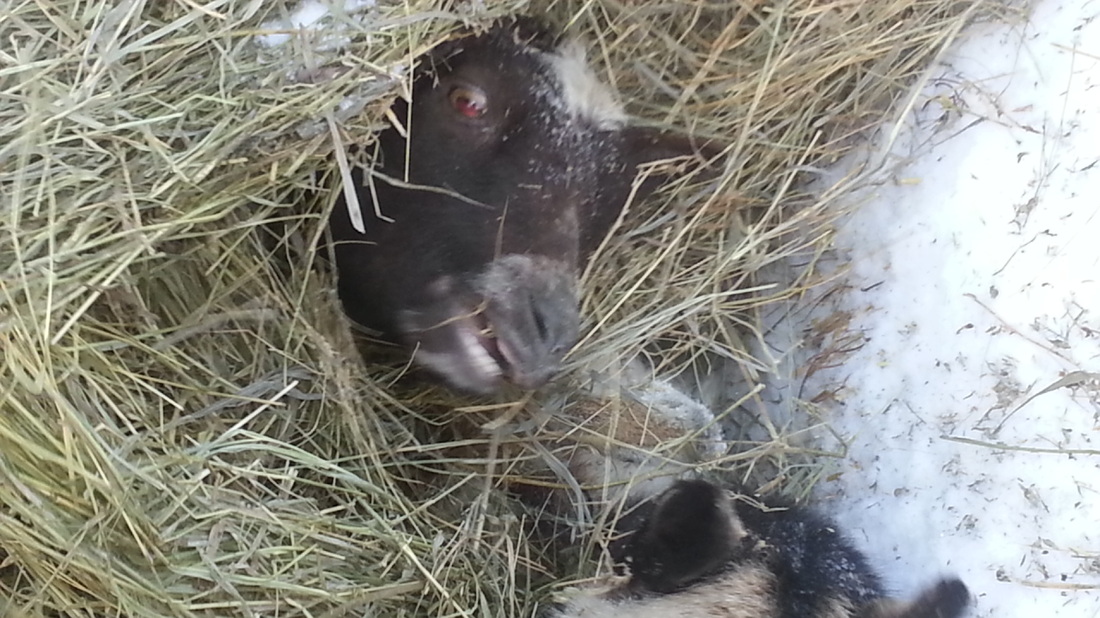
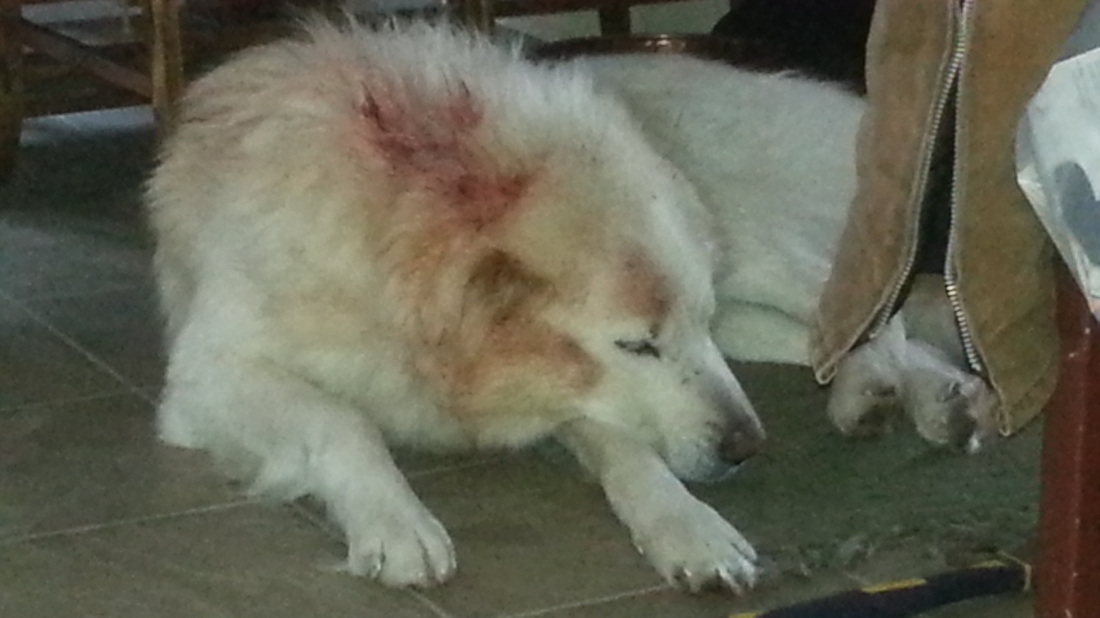
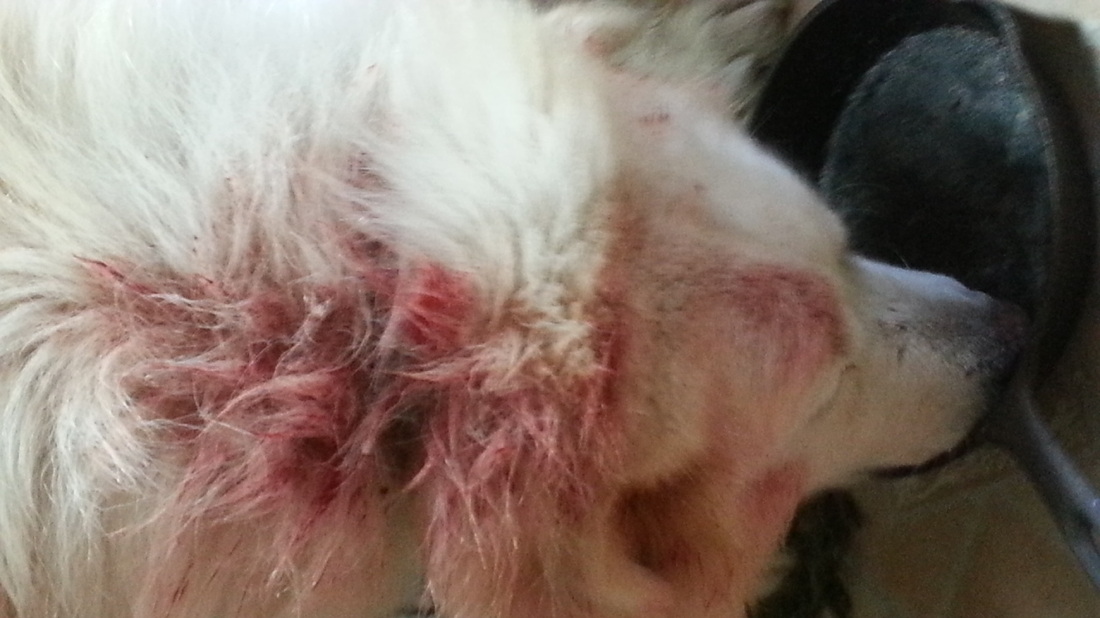
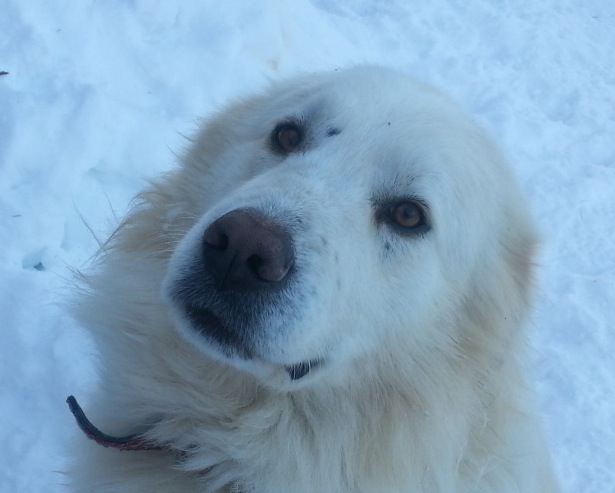
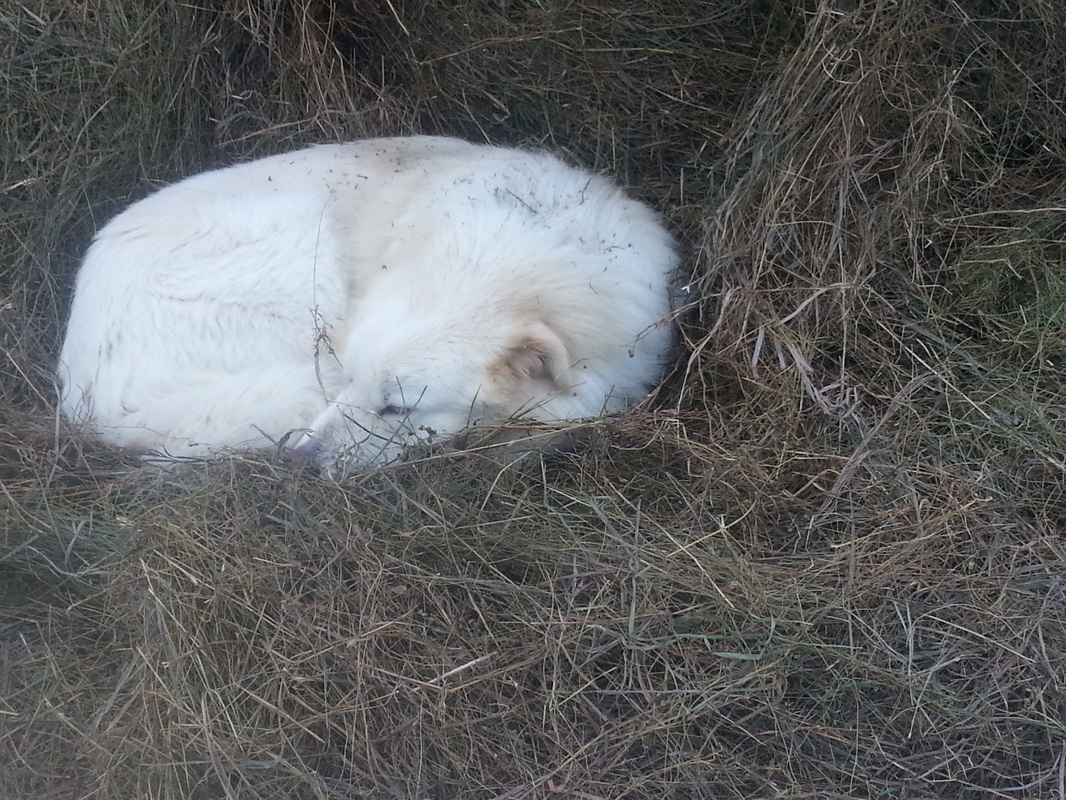
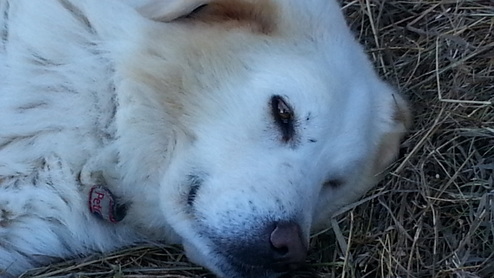
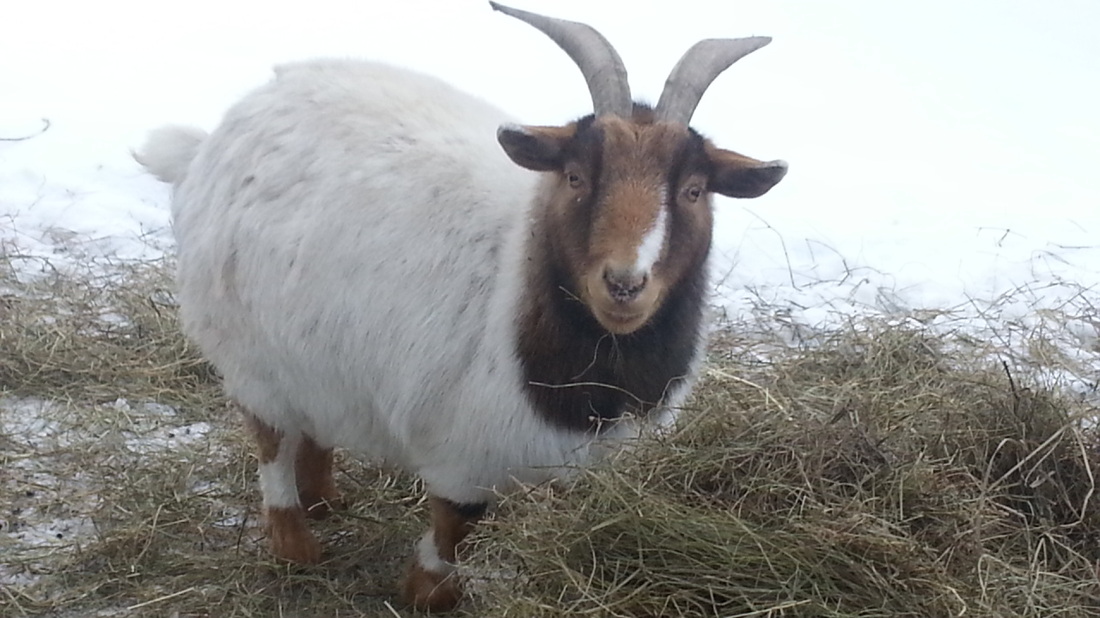
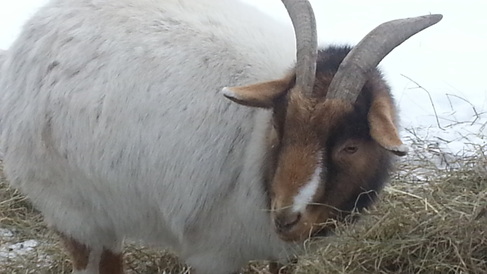
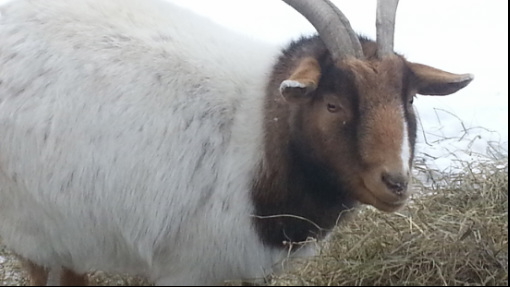
 RSS Feed
RSS Feed